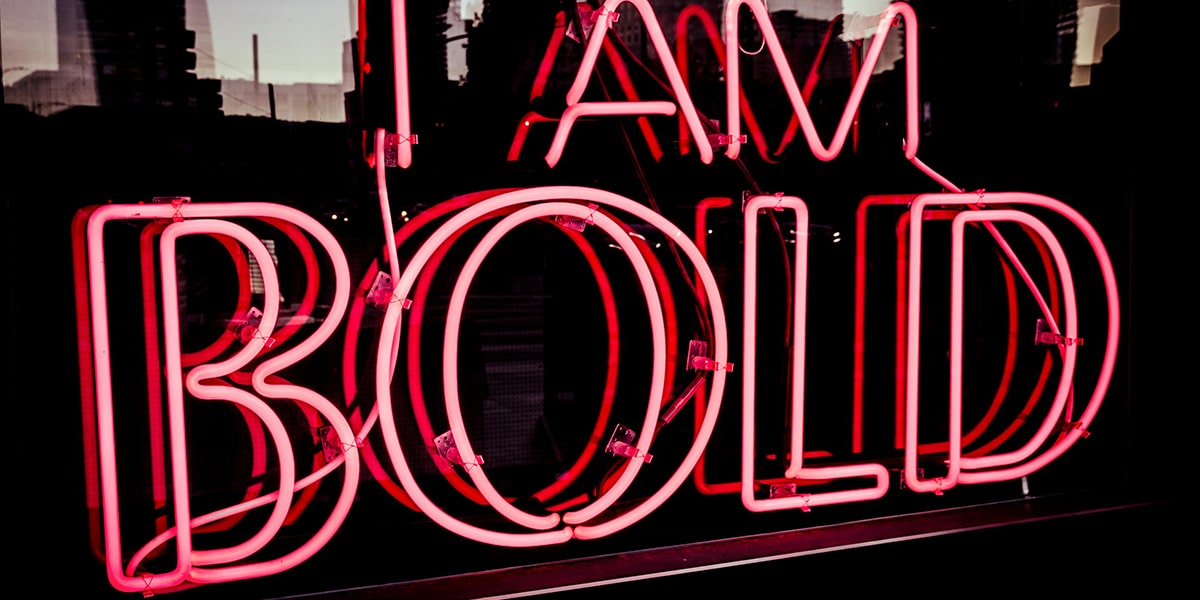Every May, with spring in its full glory and many of us rejoicing over the warmer temperatures and sunshine, the exuberance of Cinco de Mayo seems to arrive just in time. The festive colors, tasty cuisine, and promise of joyful celebrations beckon, but there’s more to this yearly event than meets many American eyes. Similar to St. Patrick’s Day, Cinco de Mayo has sadly been reduced to a “drinking holiday” for many—an example of the dangers of cultural appropriation and perpetuating stereotypes.
We can do better, and as members of a diverse Catholic Church in the United States, we owe it to our brothers and sisters from other cultures to be better informed about their people’s histories and customs. Doing so brings us closer together as a faith community and opens us up to a deeper experience of this holiday in place of a cheapened, consumeristic version of it. Before
Firing up a grill for carne asada and elote (a delicious Mexican spin on grilled corn), a bit of background on Cinco de Mayo is in order.
A Battle and a Cultural Movement
“Happy Cinco de Mayo!” many will proclaim when the calendar reads “May 5.” But what are we celebrating, exactly? Often, revelers assume that it’s Independence Day in Mexico. That happens on September 16. Indeed, even in Mexico, Cinco de Mayo doesn’t make the list of official national holidays, and most workers and students across the country don’t get the day off. There, it is commemorated more as a historic event, much as June 6 is remembered as the date of the D-Day invasion.
The long and complex history of Cinco de Mayo involves the French invasion of Mexico, ordered by Napoleon III in the 1860s. An Austrian archduke (Maximilian I) was installed as emperor, and a short-lived monarchy followed. During the struggle to prevent the French takeover, a battle took place on May 5, 1862, in the city of Puebla. The outnumbered Mexican forces decisively defeated the French invaders, but it wasn’t enough to stop the monarchy from being established.
Mexican miners far north in California heard the news and began an annual celebration. Over time, Cinco de Mayo intersected with the struggle for farmworkers’ rights. Civil rights leaders such as Cesar Chavez understood that Cinco de Mayo represents a form of agency and pride for Mexican Americans, many of whom were poorly treated by the larger Anglo culture.
Joyfully ‘Transcending Borders’
As Mexican Americans continued to celebrate Cinco de Mayo as a point of cultural pride and connection to their ancestral homeland, Anglo American culture—and advertisers—took note. The result: White Americans wearing oversized sombreros and fake mustaches while drinking $5 blue-raspberry frozen margaritas. It’s not only a misunderstanding of basic history; it’s racist behavior and a form of cultural appropriation.
If we consider that 72 percent of the Mexican population identifies as Catholic, as well as 61 percent of Mexican Americans, we must see this behavior as harmful to our brothers and sisters in faith. Shifting borderlines over time and allegiances to one nation or another pale in comparison to the borderless, inclusive kingdom of God. “A love capable of transcending borders is the basis of what in every city and country can be called ‘social friendship,’” writes Pope Francis in “Fratelli Tutti,” his encyclical from 2020. “Genuine social friendship within a society makes true universal openness possible.”
Many Mexicans and Mexican Americans would also be quick to remind us that this is a day to revel in, and all are invited. Even the sugary $5 margaritas might get a pass if we celebrate Cinco de Mayo with an eye to its past, both here and in Mexico. And while we enjoy the festivities, may we do so with our fellow brothers and sisters in faith, no matter where they’re from.








